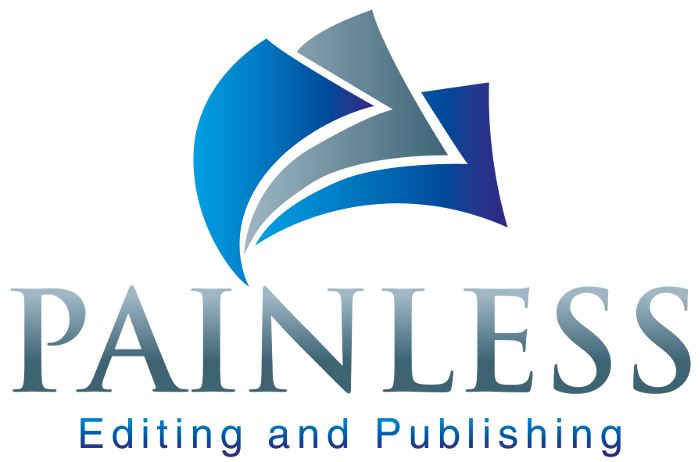Developmental editing phase:
Many editors incorporate this stage with content editing. However, a separate developmental phase allows an editor to assess the overall marketability of the manuscript before any other work is done. Will it appeal to its target audience? Are there similar books in the marketplace already? How can the book be tweaked according to the author's point of view?
Many writers feel that this phase is too intrusive, while some authors welcome this as this will guide them from day one as to how much money they can reasonably expect to make and how much money they should invest in the book. Editing is very labour intensive, and therefore to employ a decent editor, it can run into thousands of dollars. You want to be sure that the book will offer a good return on your investment. For other authors who intend to pitch to an agent or publisher, this phase can be extremely helpful.
By the end of this phase, you should end up with a blueprint for a successful book.
Structural editing phase:
Structural editing can sometimes become a part of the developmental editing phase if that is required, but structural editing can also be a standalone phase.
In fiction, the editor will look at the overall plot, the themes and characterisation, the dialogue, whether or not there is too much telling—not showing—and whether scenes need to be deleted, moved or rewritten in a different point of view.
In nonfiction, the process is more about allowing the book to unfold in a logical way so that the reader can easily understand its messages. Therefore, chapters may be moved around, mixed up, pulled apart and put back together again. The editor might also look at the language used and whether or not excessive use of jargon appears. When this stage is finished, the manuscript will be sent back to the author to approve the changes.
Copyediting:
After the author has approved the structural changes or rewritten the scenes and chapters necessary, the editor will then go through the manuscript again and correct grammar and sentence structure. Some of the things that the editor should look at follow:
- subject-predicate separation; subject-verb agreement
- correct verb form; correct tense of the verb
- case of pronouns; clear references to antecedents
- incorrect use of modifiers
- incorrect use of sentence fragments, run-on sentences and commas
- parallel construction of sentences
Proofreading:
Proofreading occurs after the author has approved the copyediting changes and the manuscript has been placed into the book design template. After this has occurred, the book is typically sent to the editor as a print-ready PDF; however, with the use of Vellum and other online book creation tools, some self-publishing authors skip this step altogether as they feel it is unnecessary.
No matter how good the book design tool is, there will be instances of widows and orphans. There may also be instances where the actual letters in the book have been deleted or changed in the transition process, so it is always a good idea to do the proofreading stage to guard against this and to double check that no errors have been missed in the copyediting stage. I've seen many authors come unstuck because they chose not to do proofreading. If you are serious about your book, don't skip this stage. Once proofreading is done, you can be sure that you've produced an error-free book, worthy of marketing.
As in everything, nothing good comes quickly. If you've written your manuscript, but you're not sure what to do now, contact me with the details, and I'll be happy to provide guidance and a free quote.
